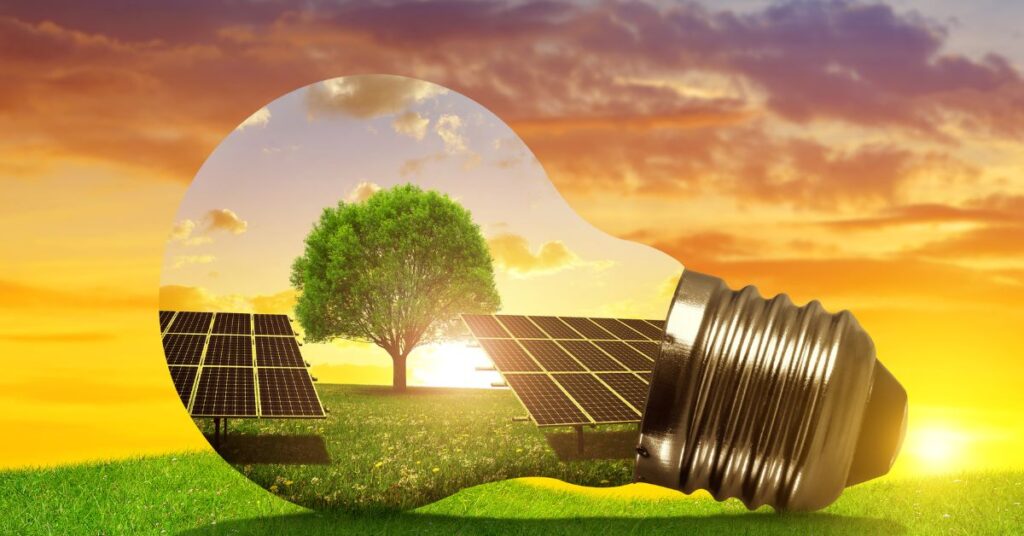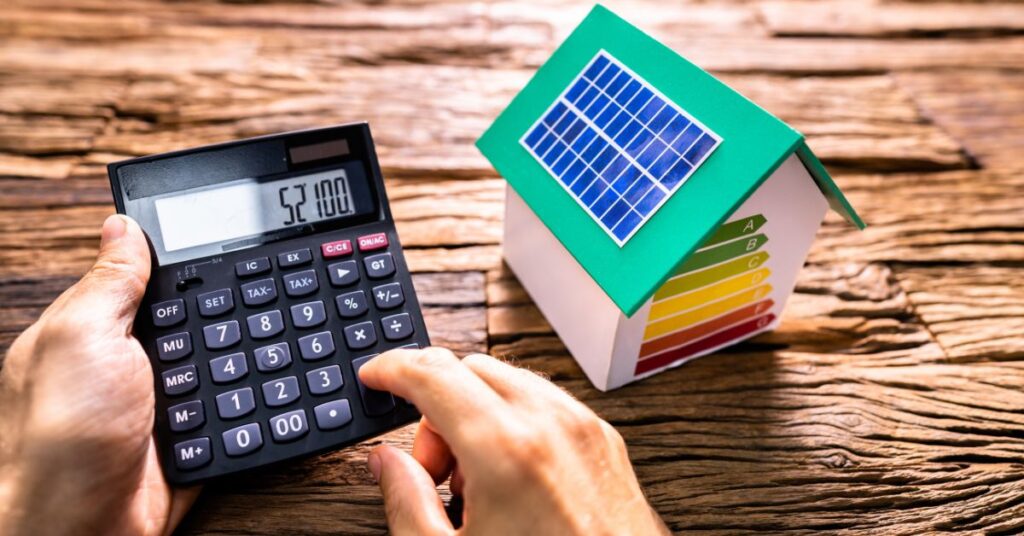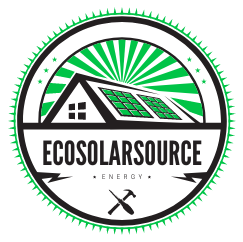Want to Invest in Solar System? Read this Step-by-Step Guide
“Looking to Want to Invest in Solar System? Read this Step-by-Step Guide walks you through everything you need to know to start investing in solar power systems. This guide covers everything from understanding the benefits of solar energy and financial incentives to choosing the right solar panels and installation process. Learn how to make informed decisions, save on energy bills, and contribute to a greener future. Perfect for homeowners and businesses interested in sustainable energy, this guide will help you invest in solar power with confidence. Start your journey towards solar energy savings and environmental impact today!”
Table of Contents
Want to Invest in Solar System? Read this Step-by-Step Guide
The world is increasingly shifting toward renewable energy sources, and solar power stands at the forefront of this movement. If you’re considering investing in solar energy for your home, business, or as part of a broader portfolio, you’re in good company. However, like any investment, going solar requires careful planning and a clear understanding of how it works, what it costs, and the potential benefits. This guide will walk you through the steps, covering everything from how solar power systems operate to financial incentives and maintenance tips.
Why Invest in Solar Energy?
Solar energy is an attractive investment due to its potential for cost savings, positive environmental impact, and the growth of the renewable energy sector. Here are a few key reasons to consider solar:

Environmental Benefits
Solar power reduces carbon emissions, relying on a clean, renewable source of energy—the sun. Unlike fossil fuels, it doesn’t produce harmful pollutants or greenhouse gases, making it an eco-friendly choice.
Financial Savings
While the upfront cost of a solar installation can be high, solar systems typically pay for themselves over time by lowering or even eliminating electricity bills. Some systems can last 25-30 years, providing long-term savings.
Increasing Property Value
Properties with solar installations often see an increase in the value. Buyers appreciate the lower energy costs and the eco-friendly commitment, which can make a property with solar panels more attractive.
Energy Independence
With solar power, you gain more control over your energy source. Some systems even allow you to store excess energy, reducing dependence on grid electricity and offering backup power during outages.
Understanding Solar Power Systems
Before diving into an investment, it’s essential to understand how solar power systems work. Solar systems capture energy from the sun and convert it into electricity, typically through photovoltaic (PV) cells. Here’s a quick breakdown of the system’s components and types.
Key Components of a Solar System
- Solar Panels: The most visible part, these panels contain PV cells that convert sunlight into direct current (DC) electricity.
- Inverter: Converts DC electricity into alternating current (AC), the type used by most home appliances.
- Battery Storage (Optional): Allows you to store excess energy for use at night or during power outages.
- Mounting System: Holds the solar panels in place, often installed on rooftops but also available as ground-mounted options.
Types of Solar Systems
- Grid-Tied Systems: Connected to the local utility grid. If you generate more power than you need, you can often send it back to the grid and receive credits (net metering).
- Off-Grid Systems: Standalone systems not connected to the grid. These are often used in remote areas and usually include batteries to store power.
- Hybrid Systems: Combine grid-tied and off-grid features, allowing users to draw from the grid when necessary and use battery storage for backup.
Step-by-Step Guide to Investing in Solar

Step 1: Assess Your Energy Needs and Goals
Before deciding on a system, it’s crucial to understand your current energy usage. Analyze your utility bills to determine your average monthly electricity consumption. This will help you estimate the size of the solar system you’ll need.
Think about your goals:
- Are you aiming to reduce your electric bill entirely or just lower it?
- Do you want energy independence with battery storage, or is a grid-tied system sufficient?
- Are you planning to expand your system in the future?
Step 2: Conduct a Site Assessment
The efficiency of a solar system largely depends on your location. Here’s what to look at:
- Sunlight Exposure: Assess the amount of sunlight your property receives, which will impact your system’s efficiency. Roof orientation, shading, and angle all play a role.
- Space Available: Determine if your roof has enough space to install the necessary number of panels. Alternatively, you might consider ground-mounted options if you have open land.
- Roof Condition: Ensure your roof is in good condition since solar installations can be heavy. If it needs repairs, address these first.
Some solar providers offer free site assessments or have tools that can provide an estimate of your property’s solar potential.
Step 3: Set a Budget
Solar system costs can vary widely based on the type and size of the installation, your location, and whether you include batteries for storage. Solar systems can range from $10,000 to $30,000 or more. When setting your budget, consider:
- Upfront Costs: Price of equipment, labor, permits, and installation.
- Financing Options: Loans, leases, power purchase agreements (PPAs), and government incentives.
- Maintenance Costs: These tend to be low but are important to factor in over the life of the system.
Step 4: Research Solar Incentives and Rebates
Federal, state, and local incentives can significantly reduce your investment costs. These incentives may include:
- Federal Investment Tax Credit (ITC): As of 2024, you can claim up to 30% of the system cost as a tax credit.
- State and Local Rebates: Some states and municipalities offer rebates for solar installation.
- Net Metering Programs: These allow you to sell excess electricity back to the grid, reducing your overall costs.
The Database of State Incentives for Renewables & Efficiency (DSIRE) is a helpful resource for finding local incentives.
Step 5: Choose a Solar Installer
Selecting the right solar installer is crucial. Look for companies with a solid track record, good customer reviews, and a warranty on their work. Obtain quotes from multiple installers and consider the following factors:
- Experience and Credentials: Look for certifications, such as those from the North American Board of Certified Energy Practitioners (NABCEP).
- Customer Service: Good installers provide ongoing support, including maintenance and assistance with system issues.
- Warranty and Maintenance: Check warranties for panels, inverters, and installation labor. A standard warranty is typically 25 years for panels.
Step 6: Financing Your Solar Investment
Solar investments can be financed in multiple ways:
- Cash Purchase: This option provides the highest return on investment over time but requires a substantial upfront cost.
- Solar Loan: Many banks and lenders offer solar loans, allowing you to pay for the system over time. Interest rates may vary, so shop around.
- Lease or Power Purchase Agreement (PPA): Under a lease or PPA, a third party owns the system, and you pay for the electricity it generates. This requires less upfront capital but may not offer the same long-term savings.
Step 7: Plan for Maintenance and Monitoring
While solar systems generally require little maintenance, it’s still wise to plan for occasional upkeep. Common maintenance needs include:
- Cleaning: Dust and debris can reduce panel efficiency. In some areas, you may need to clean panels periodically.
- Inverter Check-ups: Inverters may require maintenance or replacement every 10-15 years.
- Monitoring Systems: Many modern solar systems come with monitoring software that lets you track your energy production in real time, helping you catch and address performance issues early.
Financial Analysis and ROI Calculation
Evaluating the return on investment (ROI) of your solar system is essential. Here’s how to break down the financial aspect:
Cost Breakdown
Estimate the total cost of the system, including:
- Equipment and installation costs
- Permit and inspection fees
- Any additional features, such as batteries or monitoring systems
Savings Calculation
Calculate how much you’ll save on electricity bills over the lifespan of the system. Factors include:
- Electricity Rates: Check your utility’s rates and the rate of price increases. Solar savings increase as electricity rates rise.
- System Size: Larger systems typically generate more power, leading to higher savings.
Payback Period and ROI
The payback period is the time it takes for the savings to equal the initial investment. Subtract the initial cost by the yearly savings to estimate the payback period.
For example, if a system costs $15,000 and you save $1,500 annually on electricity, the payback period would be around 10 years. After this point, your energy savings represent pure ROI.
Common Challenges and How to Overcome Them
While solar energy offers numerous benefits, there can be challenges:

High Upfront Costs
Solar systems require a significant initial investment, which can be a barrier. Financing options, leasing, and PPAs offer lower upfront alternatives.
Weather Dependence
Solar panels generate electricity based on sunlight, meaning cloudy days or seasonal changes can impact energy production. Battery storage systems can help provide power during low sunlight periods.
Space Limitations
Some properties may not have enough roof or land space for a large solar system. In these cases, community solar projects or smaller systems may be suitable alternatives.
The Future of Solar: Trends to Watch
Investing in solar is a long-term commitment, and technology is constantly advancing. Here are some trends that may shape the future of solar:
1. Battery Storage
As battery prices fall, more systems are incorporating energy storage, making it easier to store excess energy for later use. This trend is expected to continue, with the technology becoming more efficient and affordable.
2. Smart Technology and AI
New smart systems use artificial intelligence to optimize energy production, predict power consumption, and enhance energy management.
3. Solar Panel Efficiency
Researchers are continually working on making solar panels more efficient. High-efficiency solar cells, like bifacial and perovskite solar cells, have the potential to generate more power in less space.
FAQs About Want to Invest in Solar System? Read this Step-by-Step Guide
Conclusion: Taking the Next Step
Investing in a solar system can be a financially and environmentally rewarding decision. From lowering energy bills to reducing your carbon footprint, a solar investment has the potential to pay off in multiple ways. While the initial steps may seem overwhelming, following a clear process—assessing your needs, researching options, and selecting a reputable installer—will put you on the path to a brighter, cleaner energy future.
Click here to learn more about Want to Invest in Solar System? Read this Step-by-Step Guide
Click here to learn more about Solar Panels Fire Risks: Causes, Prevention, and Safety Measures

